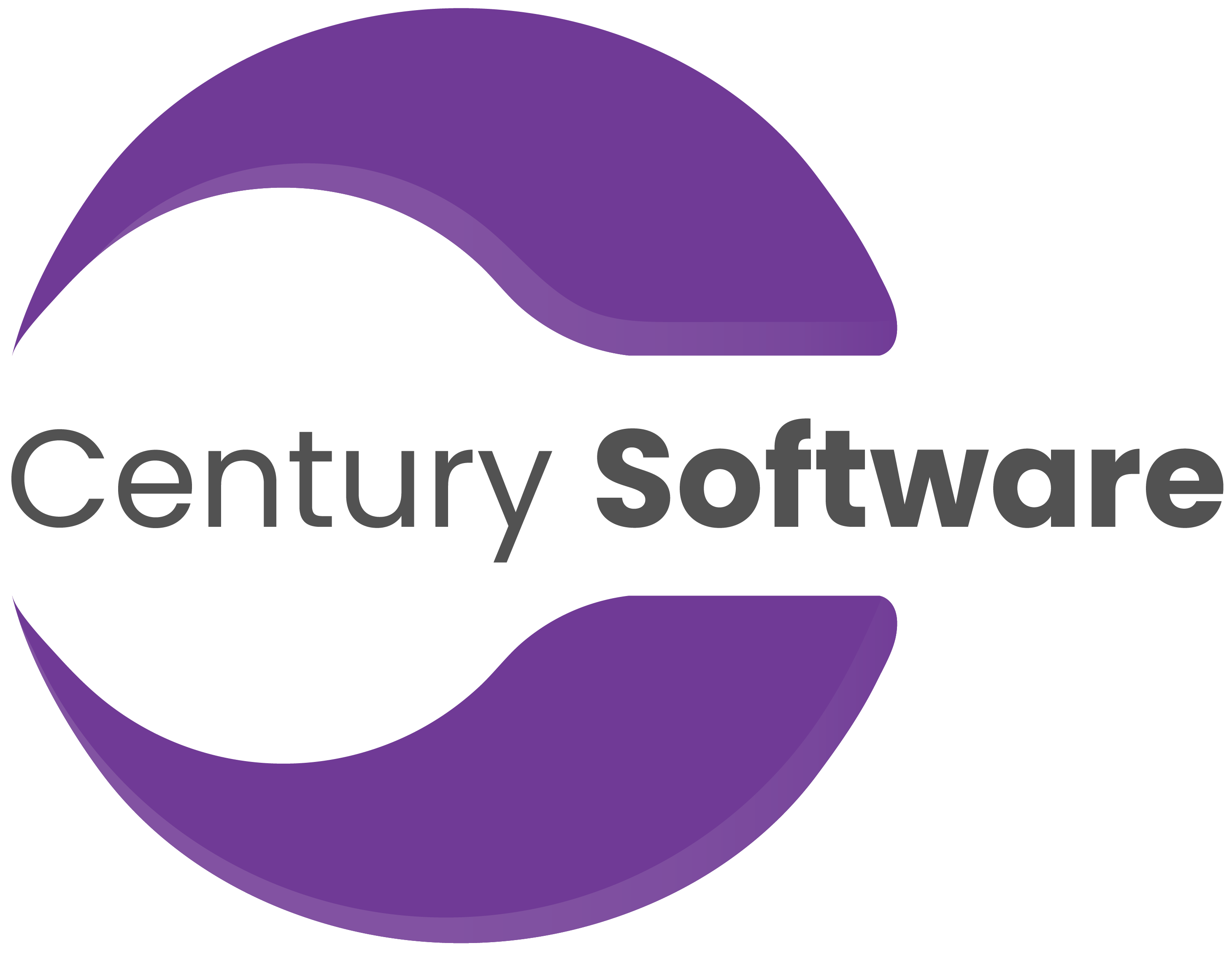Rapid Application Development Platforms For SMB And Enterprises

What hinders today’s businesses?
In today’s fast paced technology driven world big organizations and small medium enterprises look poles apart. They possess different capabilities, work with different requirements and operate at different revenues.
If we magnify in terms of business focus, every organization irrespective of how big or small it may be, yearns for productivity and profitability. One aspect that derails them is decision-making; if the work gets tedious to manage manually, one needs to embrace automation, which will enable them to scale up.
The main issue for such enterprises lies in their approach towards software development. Organizations devise models by investing on an unvarying development cycle which is going to produce a comprehensive and a complex product, but not within an appropriate timeline. Large-scale projects are carried out using waterfall development methods, however, there are some fundamental limitations in its application development.
The bottom line is simple, traditional approach will never help you to scale up.
What Is Rapid Application Development?
Rapid Application Development (RAD) is an expedited software development process which focuses towards quick iterations, simultaneous feedback and agile product delivery.
RAD platforms usually help in creating real-time prototypes and the developers also receive real-time response.
RAD platform follows a top-down approach, where developers build the primary module and later start adding other pieces to complete the development process.
RAD works extremely well in the following scenarios:
1. Pilot development projects
2. Skilled teams
3. Mature frameworks
4. Proper specifications
5. Low-code platforms
How RAD can be efficiently used by businesses
One lingering question in everyone’s mind is, does RAD really provide the flexibility to both enterprises and start-ups.
RAD makes a strong case to be used by start-ups as it provides the required agility and congruency to react to the regularly changing trends. Since start-ups usually have a smaller development group, it would make sense to adopt an approach which is more linear and has direct impact on your business.
Similarly, for enterprises, RAD becomes a harbinger as these organizations have the window for higher investments. These organizations can employ highly skilled people and usually have a large sample space for feedback. Using this feedback, the development goals are more streamlined which results in a high-quality product.
What really matters in the end is a prudent decision maker who understands the finer nuances and embraces the platform to make his business agile, flexible and efficient.
RAD applications in start-ups and SME’s
RAD works well in smaller enterprises as it facilitates them in bringing out applications at a much faster pace. Compared to a large enterprise, the requirements are less complex, and the data is relatively smaller to compute.
Most of the SMB’s jump into a development project as they don’t have the luxury of spending a lot of time in brainstorming. The regular applications include insurance data collection, timesheet collation, ID data capture etc.
If a HR Manager has a requirement to develop a system for employee onboarding, developer can sit with the HR Team and develop a linear model which can be implemented, and user test cases can be run to check the efficiency of the system and later fine-tuned to make it more mature.
RAD is relevant with SMB’s and start-ups and caters to the business needs due to its adaptability and flexibility with business operations.
RAD applications in enterprises and big organizations
RAD plays a massive role in enterprises as most of the internal processes hinder business operations. If the organization follows legacy practices, it perennially slows down work.
Since speed is the name of the game for such enterprises, RAD is deployed and used by skilled programmers. Since users are available in plenty, it becomes easy in feedback and data collection.
Once the feedback is more consistent and reliable, it makes a stronger case to align with the users demands. Apps which indulges in vendor interaction memos, purchase orders, invoices and timesheets can be leveraged through RAD.
The other major challenge faced by big organizations is the backlog in cycle times. With a traditional approach, you reach a milestone and progressively test your product; if things don’t match the expectations, the entire development cycle time becomes redundant and adds to the ever-increasing overhead costs.
RAD would be the perfect foil to avoid such scenarios where you develop the apps quickly and test them on the fly which reduces unnecessary downtime.
RAD for one and all
RAD has proven its worth as a development model. It has been preferred over waterfall method of software development. To gain the competitive edge, enterprises cannot afford a thorough meticulous approach in software development, maybe there is still a place for it in some niche industries. RAD is relevant in today’s day and age and provides the exclusivity for both SMB’s and larger enterprises.
The bottom line is simple: RAD is here to stay!
Looking to expedite your software development projects?

